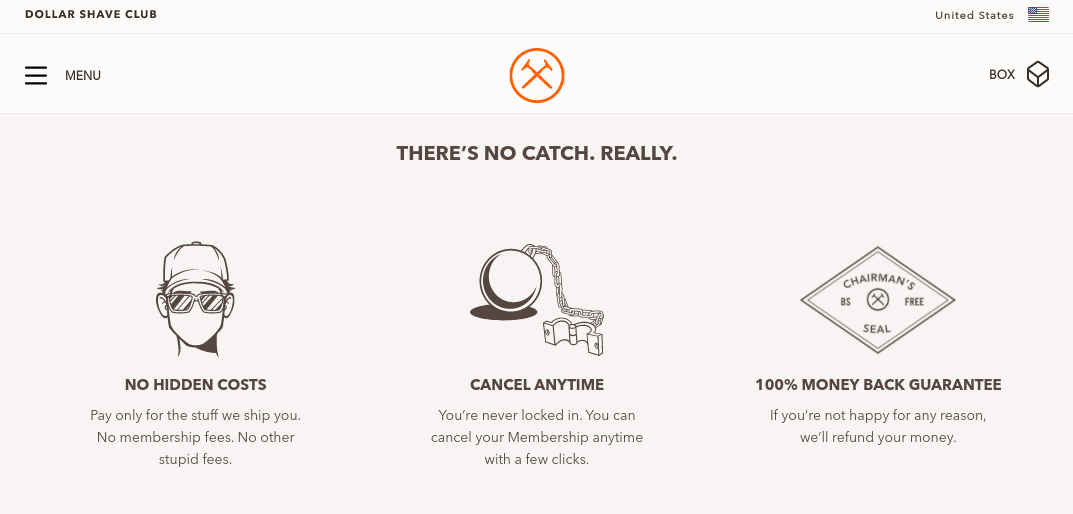Creative Thinking
What Sushi Can Teach Us About Pricing Models and Consumer Psychology
By Jonathan Crowl on March 16, 2018
If you want to understand why Netflix gives you a library of unlimited content for a flat, low fee, go out for sushi. At most restaurants, sushi meals are pieced together in small portions, sometimes even requiring consumers to pay per bite.
Want another piece of food? The cost of that extra bite is printed on the menu. Unlike a chain restaurant like Olive Garden, where portions are big and breadsticks come with free refills, sushi restaurants are a mental workout, demanding that you constantly reconsider whether you want to consume more, and thus, spend more.
Needless to say, the pricing models that work for sushi restaurants haven't fared well for the rest of the commercial world. In fact, as Neuromarketing points out, the "pay-per-bite" pricing model used by sushi restaurants is one of the most excruciating ways you can sell to your consumers. Sushi's popularity is something of an anomaly in that regard: While it continues to find success selling individual bites, most businesses have found that the key to success is eliminating purchasing decisions and purchasing pain wherever possible.
This isn't news to marketers, as a wide range of services and products are sold with inclusive pricing models. All-inclusive resorts are a great example: Despite abundant research that most consumers don't get their money back when purchasing all-inclusive packages, travelers love the freedom from decision-making that comes with purchasing in bulk.
This is a critical point of consideration for any brand's marketing strategy: The friction in a purchasing decision can be an influential factor on consumer behavior. Conversely, ease and simplicity can be powerful differentiators. Consequently, many businesses are implementing new pricing strategies that minimize this friction and take the pain out of the purchase.
Image attribution: Anne Preble
It's All in How You Frame It
No one would enjoy reading a book if they had to pay some money every time they turned the page. As Harvard Business Review points out, the lower cost of subscription services lulls consumers into a sense that they have to use that service less to get their money's worth.
If you break down the amount of time you spend using one of your digital streaming services, for example, and you find that you spend roughly 50 cents per hour watching the digital streaming service, how would you react to the price changing from a flat fee to an hourly 50-cent rate? Most consumers would become more wary of their usage and would watch less content in the process. The user experience would become more stressful, instead of purely fun, and revenue for the video platform would likely go down.
This pricing cause-and-effect happened when AOL switched its Internet service from an hourly fee to a monthly fee. When AOL scrapped the hourly pricing model, subscribers exploded. Consumers could depend on a flat rate for their service, and they didn't have to sit at the computer worrying if their activity was a good use of their money. The Internet was essentially freed from the constant cloud of purchasing decisions, which led to an explosion in AOL's incoming revenue.
Pitching a Pain-Free Approach
The pricing model you choose will determine the intrinsic amount of pain suffered by consumers. At one end is the "pay-per-bite" method, which is excruciating for customers, even if it it makes a lot of mathematical sense when pricing and selling items. Somewhere in the middle are more conventional approaches of selling: You purchase an entire meal à la carte, for example, or make a lump-sum payment for a year-long service that hurts in the short-term but feels better in the long run when you don't have to reconsider every month whether you want to maintain that subscription.
Then, at the opposite end of the spectrum, you have low-cost subscription payment models, which break that annual lump sum into 12 smaller, monthly payments or cut you a discount on your toilet paper in exchange for a regular reordering schedule. The crucial feature of this pricing model is that subscription payments are automated.
Customers can cancel whenever they want, but the payments will continue to be processed without them being asked to confirm the purchase. In essence, these subscriptions save consumers from their purchasing pains without socking them for a huge lump-sum payment, and it's why so many brands, from Netflix to Amazon to smaller brands like Dollar Shave Club, have been eager to build pricing strategies that leverage this approach.
Pricing models are often a financial decision made without the consultation of marketers. But whatever the decision, marketers will be asked to build marketing strategies around the pricing strategy, emphasizing the model's benefits while brushing its drawbacks under the rug. Dollar Shave Club, for example, emphasizes its flat-rate pricing, its lack of hidden fees, and the ability to cancel whenever you want. Amazon, on the other hand, uses cost calculators to illustrate what customers can save subscribing to products instead of making a one-off purchase.
In other cases, brands like Stitch Fix provide a subscription service where customers can choose to return items they don't want. If you receive five clothing items and only want two of them, you can send the others back and get a refund. This is an inventive hybrid of the subscription model and the à la carte sushi pricing model: You get the items delivered on a regular basis, but in the end, you have to choose which items you want to keep. The Stitch Fix strategy doesn't alleviate purchasing pain entirely, but it's a convenient trade-off for not having to make other painful decisions when trying to find stylish clothes.
The pay-per-bite marketing strategy may still work for some sushi restaurants, but most businesses will find it's a losing game. Marketers must play to the strengths of these pricing models and emphasize their ease, their minimal commitment, and their flexibility. Give your customers the easiest path to conversion.
For more stories like this, subscribe to the Content Standard newsletter.
Featured image attribution: Kyle Head



